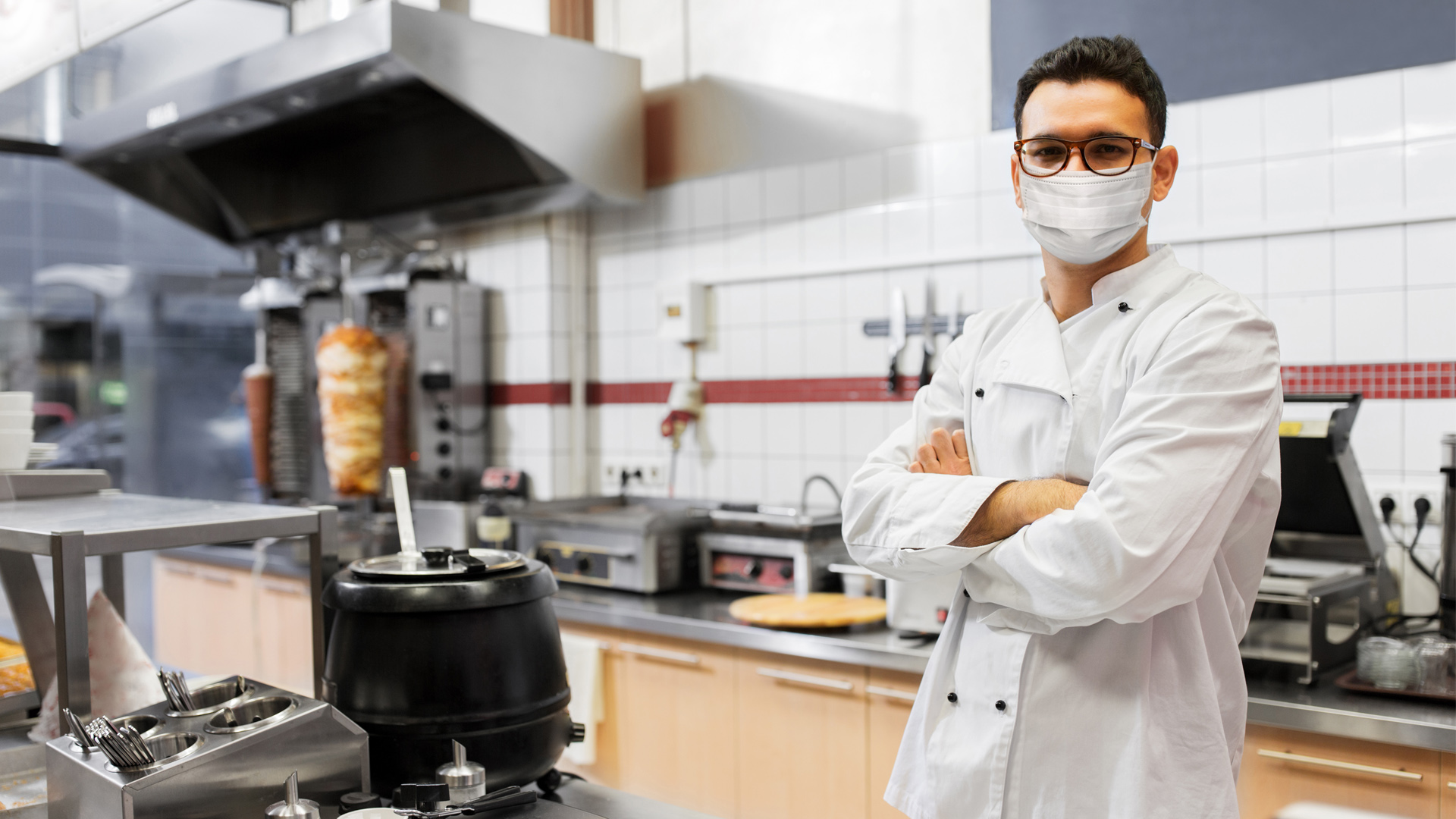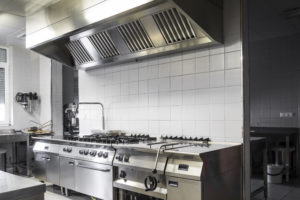Why Cloud Kitchens?
Cloud kitchens have been around since before the coronavirus pandemic. They are, however, better adapted to the customers’ need for socially distancing than traditional restaurants. While the pandemic forced many restaurants to shut down or to go on lifesaving mode, Cloud kitchens weren’t affected as much. This is not to say that there was no negative impact on them. The food consumption from outside the home completely stopped during the government-imposed lockdown and now too, a lot of customers are hesitant to try food that has not been prepared at home owing to the potential risks that are involved.
Cloud Kitchens As High-Profit Low-Risk Ventures
Most cloud kitchens were able to stay afloat because they did not have a shop front to maintain or to pay rent for, and minimum people on their payroll. The ratio of rent to revenue is low, which is one of the major reasons why this format was founded and continues to grow. A commercial kitchen is usually rented on the cheapest possible location and even though the profit margins are not as high, the speed of production and the savings on various fronts makes it a low risk, good investment. All these factors contribute to the scalability of this type of business.
Traditional Restaurants Versus Cloud Kitchens
In a nutshell, cloud kitchen operates out of a cheap location and aims to deliver delicious and high-quality food right at your doorstep. Statistics before COVID 19 assigned a 12 percent growth rate in Cloud Kitchen businesses as compared to a mere 7.2 percent growth rate in traditional restaurants. By 2024, it is projected to overtake the dine-in restaurant business. The pandemic has further slowed down the growth rate of these restaurants which means that this takeover could happen sooner than ever. A slowdown in dine in style also means that restaurants might have to enter this realm and pivot their businesses to cover their costs. The pandemic might have accelerated the cloud kitchen business but these changes are not temporary and they might persist and cause a paradigm change. The reason behind this lies in the history of the development of cloud kitchens in India.
How Did Cloud Kitchens Develop?
Market researchers hold technological advances as well as the emergence of a new demographic as the main reasons for the emergence of cloud kitchen business in India. After economic liberalization, more jobs were created which opened up avenues for women. With the advent of nuclear families with working women, the demand for food delivery and home delivery increased. Finally, with the internet and the smartphone revolution, there was a paradigm shift in the way food was being consumed. Apps like Zomato and Swiggy house several restaurants and cuisines, offer delivery services, and even have a digital payment gateway on the same platform. These platforms, also known as aggregators, propelled the growth of commercial equipment kitchens.
Conclusion
The change in consumer behavior has caused many entrepreneurs to jump onto the cloud kitchen bandwagon. Take out, however, would not replace traditional restaurants completely because people would always want a special experience of dining out.




